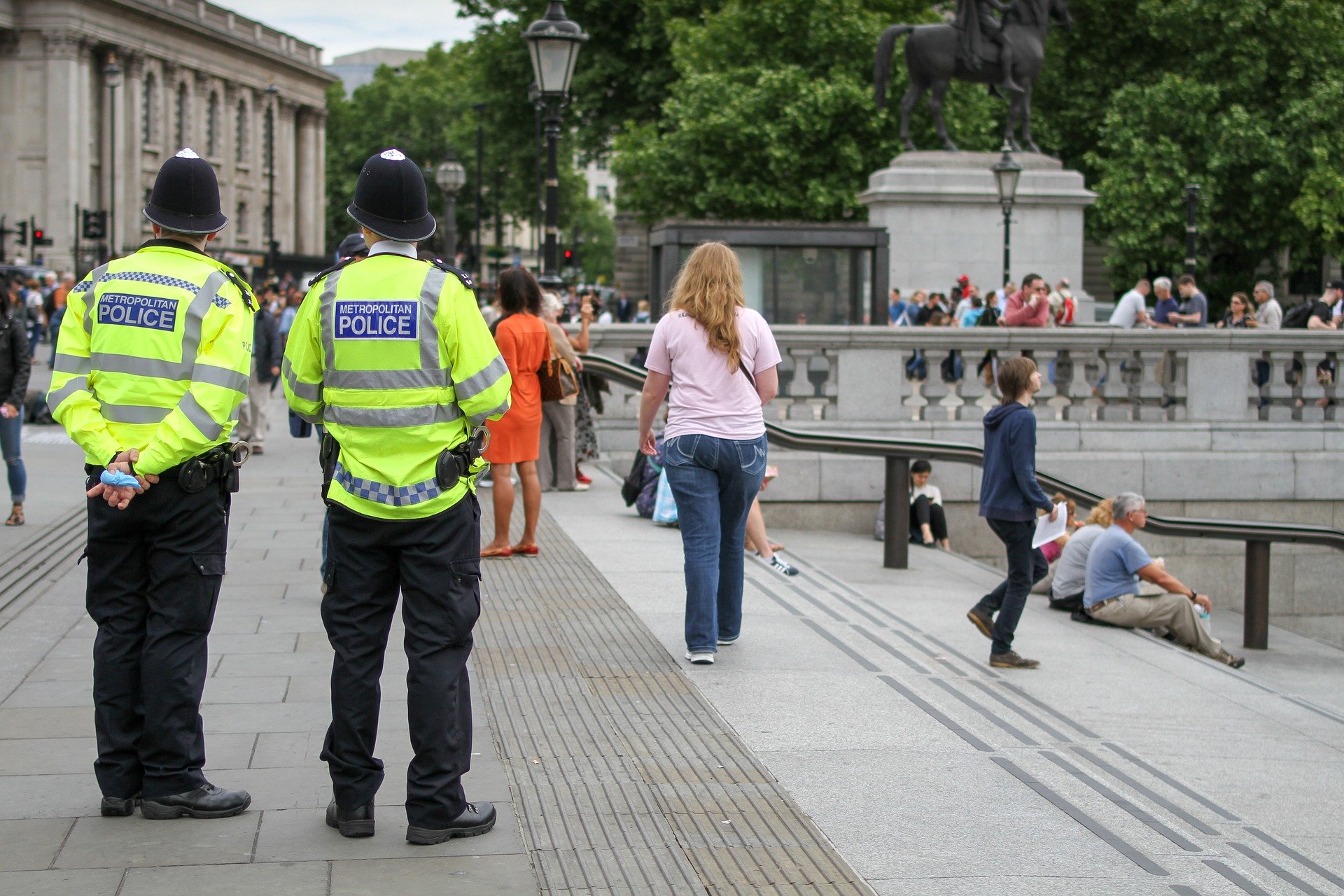Official figures show black people are disproportionately hit by key police powers, tactics and use of force, which the Met denies is due to systemic racism or bias.
Britain’s biggest police force must hire 40% of new recruits from ethnic minority backgrounds, while officers will have to justify stop and search to community panels under new plans designed to quell the race crisis engulfing Scotland Yard.
The Guardian has learned details of the new initiative on race and policing hammered out by London’s mayor and the Metropolitan police after months of negotiations.
The Met commissioner, Cressida Dick, is expected to accept that the force is not free of racism or discrimination, and wants to improve, when the race action plan is unveiled on Friday.
It comes after mass Black Lives Matter protests over police racism following the killing of George Floyd in the US.
Dick has been under pressure over a string of controversial incidents, including stop and searches of innocent black people who were handcuffed, leading to claims of racial profiling.
Official figures show black people are disproportionately hit by key police powers, tactics and use of force, which the Met denies is due to systemic racism or bias.
New research for Sadiq Khan, the London mayor, finds black people in the capital are about six times more likely than white people to be stopped while driving.
Those close to Khan believe the package of measures are the biggest reforms to policing and race relations in a generation, and the Met will vow to implement them.
But the plan does not include the landmark finding from the 1999 Macpherson report that the Met was plagued by “institutional racism”. Dick has denied that finding applies any more.
The key challenge for both Khan and the Met is whether they can stem and then reverse the drop in confidence among ethnic minority communities, and especially among black people. Together with the home secretary, Khan oversees the Met.
The plan will set the Met a target for new recruits, with 40% being from ethnic minority backgrounds by 2022, rather than the 19% target it had been planning.
The Met has the most black, Asian and minority ethnic (BAME) officers of any force: 5,000 out of 32,600. But it also has the biggest race gap of any force because London is 40% BAME, while the Met’s ranks are 15.4% BAME. In 2019 the Met estimated it would take another 100 years to reach racial parity.
The new target also includes a drive to recruit new officers from London rather than surrounding areas – a policy first adopted when Boris Johnson was London mayor, and then dropped.
The Met will be expected to answer to new community panels on a range of controversial issues. It will review stops where the sole ground is the “sniff” of cannabis, which are supposed to have stopped because they were thought to be a way to harass black communities, but are alleged to be continuing.
Community panels will also oversee elite officers from the Territorial Support Group parachuted in to carry out stops, as well as the work of the Violent Crime Task force.
Key findings informing the new plan are that 59% of black victims of crime were satisfied with how the Met dealt with their allegations compared with 68% of white victims.
In two recent cases the police watchdog launched investigations into claims the Met bungled the investigation into a racist attack on three black women in north-west London. The police watchdog has launched a criminal inquiry into allegations two officers took selfies at the scene where two black sisters were murdered in a London park.
Khan’s administration believes the action plan will lead to real change. A City Hall source said: “This is generational, the most significant changes to policing and black communities since the Macpherson report.”
Other key findings of research underpinning the plans are that black Caribbean people are 28 percentage points less confident in police use of stop and search and more likely than white people to think it is unfair.
In the upsurge in the Met’s use of stop and search in 2019 more black people, who are around 13% of London’s population, were stopped than white, who are 60% of the population.
Bearing down on violent crime, especially knife crime, is the Met’s key justification for its level of stops and the way it carries them out.
Between 2008 and 2018, black Londoners were “1.8 times as likely to be victims of knife crime as non-black Londoners, and five times as likely to be charged for knife crimes as non-black Londoners”, the research found.
Stops on vehicles will be examined for evidence of discrimination. Vehicle stops were at the heart of controversial incidents including the searching of champion athlete Bianca Williams and her partner, both of whom were handcuffed while their baby was in the car, where nothing was found.
Khan said: “There is still a great amount of work to do to unpick the conscious and unconscious bias and systemic racism that still exists in our public institutions and our society as a whole. It is essential that we listen and respond to the frustrations voiced by Black communities … about the racial and social injustice they see when they interact with our public institutions – from the police service to the education system, the courts, the media and beyond.”
Nationally police chiefs are developing their own plans for all 43 forces in England and Wales, and the Independent Office for Police Conduct is investigating claims of discrimination in policing.
guardian.co.uk © Guardian News & Media Limited 2010
Published via the Guardian News Feed plugin for WordPress.



